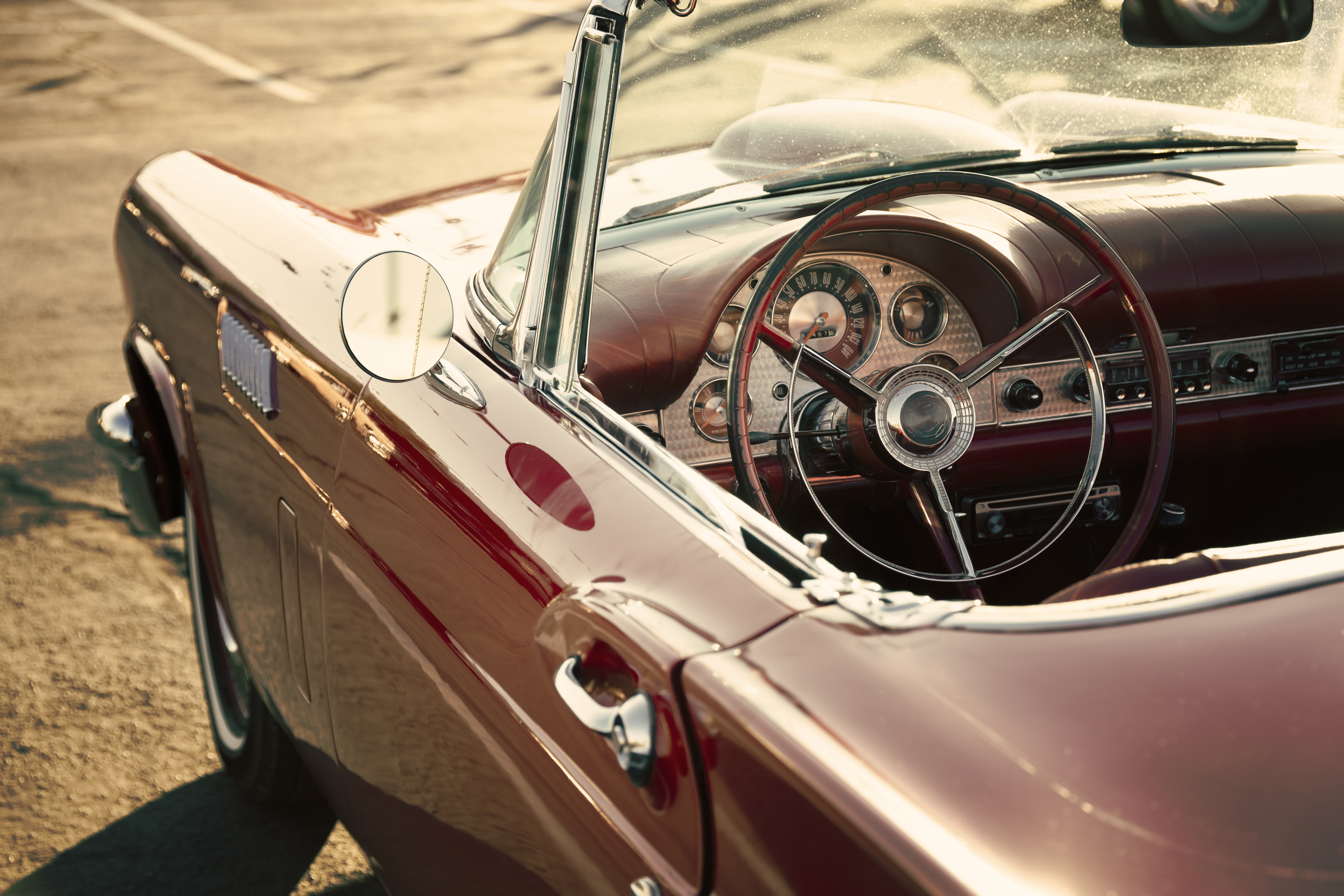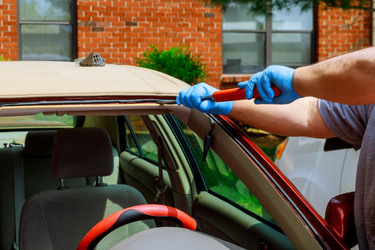What is the Difference between Weatherstrip and Windlace?
Posted by Collectors Auto Supply on Aug 12th 2021
Classic and vintage car enthusiasts are familiar with the consequences of worn-down seals: increasing wind sounds, rattling noises, the build-up of dust, and even mold. Through continued and repeated use, such as opening and closing doors or windows, the seals become degraded, requiring upkeep or replacement.
Weatherstripping and windlace are two different products that can be used for classic car restoration and that serve the same purpose: weatherproofing. These materials are placed at the edges of a car’s windshield, doors, and windows – or any other areas that could expose the interior to external elements. This serves to prevent the intrusion of water, dust, and insects, and insulates the vehicle against wind noises.
As similar as they are, though, they do differ in material, cost, and durability. So, when it’s time to update your beloved vehicle, which should you choose?

What is a Weatherstrip Seal?
The term itself can actually be used to describe both a product, and a category of products. Also referred to as “weather seals,” weatherstripping can be an umbrella term that includes options like splash shields and window sweeps. In fact, windlace can actually be considered to fall under this category.
As an individual product, the seal is EPDM rubber that has been die-cut to fit the contour of a car’s interior. It’s thicker, maintains its shape well, and does not weaken as quickly as windlace if it becomes wet for prolonged periods. It’s also less likely to tear in cold weather. It comes in different styles, like perforated or solid, and is generally the more affordable option.
What is Windlace Trim?
Windlace is a thinner and lighter option, and is made of sponge cord wrapped in stitched fabric with an acrylic finish. It’s often used in places where weatherstripping would be too bulky for a tighter space, such as at the edges between the doors and the body. Here, the thickness of weatherstripping may make it difficult or impossible to close the door fully.
It does offer a little better protection against moisture, but it degrades faster from being wet, and can be more expensive. Windlace is also used to finish the upholstery in vintage cars. When worn-out, it can give the car an unfinished appearance.
Deciding on Weatherproofing Restoration
The prices of these items will vary based on what type you need but, generally, the cost of weatherstripping is more expensive than windlace. However, it lasts longer depending on the climate in which it will be installed. In cold, wet environments, windlace may offer better protection, but will also wear down faster. It may be the better option in dusty, arid climates due to having less bulk and fitting into small crevices.
The Pros & Cons of Weatherstrip and Windlace:
- Weatherstripping is generally more affordable and durable, but is more bulky.
- Windlace provides great protection, but is less durable and, often, more costly.
- Windlace is necessary for finishing the upholstery of many classic cars.
The differences in application and durability can make choosing difficult for enthusiasts who want to preserve their vintage cars from wear and tear over time. To figure out exactly which material is best for your specific needs, contact our classic car experts and schedule a consultation.


